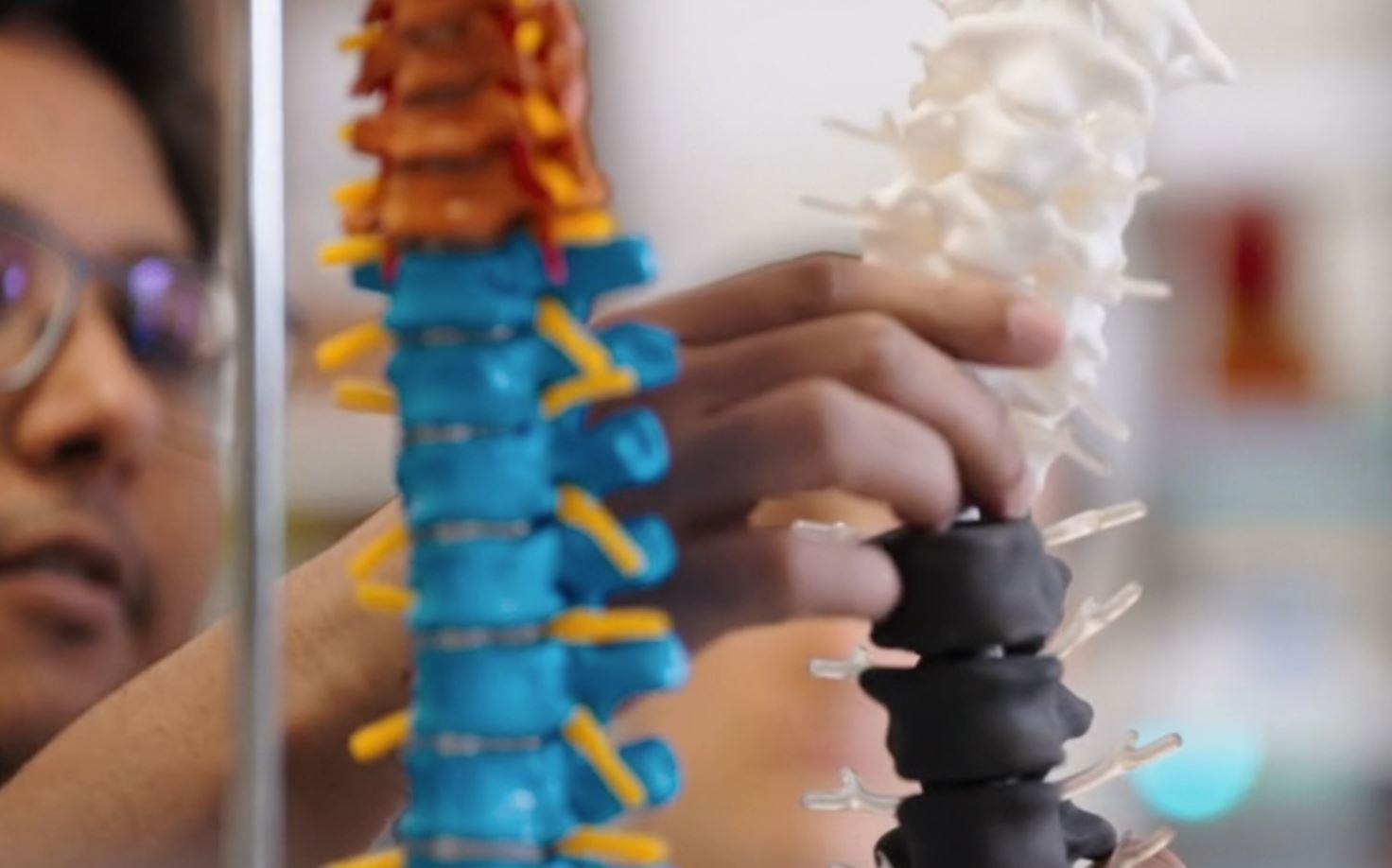
Australian scientists believe they are on the verge of uncovering the cure for paralysis, with world-first trials set to use nerve cells from the nose to treat patients.
Queensland researchers at Griffith University will soon embark on groundbreaking clinical trials, starting in early 2025, which could bring hope to millions of people living with spinal cord injuries.
It will follow on from the late Professor Emeritus Alan Mackay-Sim’s work in the field, which involves using nerves within the nose that have therapeutic properties to repair and regenerate nerves.
READ MORE: ‘Not your land’: Outburst at Charles during Parliament House visit
Cells – known as olfactory cell nerve bridges – will be harvested from the patient’s own nose, purified, and prepared into specialised nerve bridges, then transplanted into the injury site within the spinal cord.
Scientists hope this unique treatment will allow spinal cord patients to regain function and feeling.
Participants in the trial will also undergo intensive rehabilitation in conjunction with the nerve transplant.
Perry Cross Spinal Research Foundation (PCSRF) Executive President Perry Cross said it was remarkable to see Australian scientists on the cusp of such a groundbreaking and life-changing treatment.
“30 years ago, I injured my spinal cord, and I am paralysed from the neck down, unable to move, unable to feel, unable to breathe,” he said.
“It is incredible that we are now on the cusp of developing a treatment, which may allow us to repair the damage to the spinal cord and regain function.
“It would be life-changing for any of the participants in this trial to regain the ability to stand and hug a loved one again, to feel again.”
READ MORE: Qantas to face hefty bill after unlawful staff lay-offs
Professor James St John, researcher at Griffith University, said the trial, if successful, could impact thousands of Australians.
“With more than 20,000 Australians living with spinal cord injury, and another 300 or more people having spinal cord injury each year, now is the time to translate this therapy into the clinic,” Professor St John said.
“We have designed the trial in close consultation with the spinal injury community, clinicians and industry partners to ensure the trial meets the needs and expectations of the trial participants, and has the best chance of success.”
The trial is seeking volunteers who are living with chronic acquired spinal cord injury who have had their injury for at least four months, although the trial will start with people whose injuries are at least 12 months old.
FOLLOW US ON WHATSAPP HERE: Stay across all the latest in breaking news, celebrity and sport via our WhatsApp channel. No comments, no algorithm and nobody can see your private details.
links to content on ABC
9News





